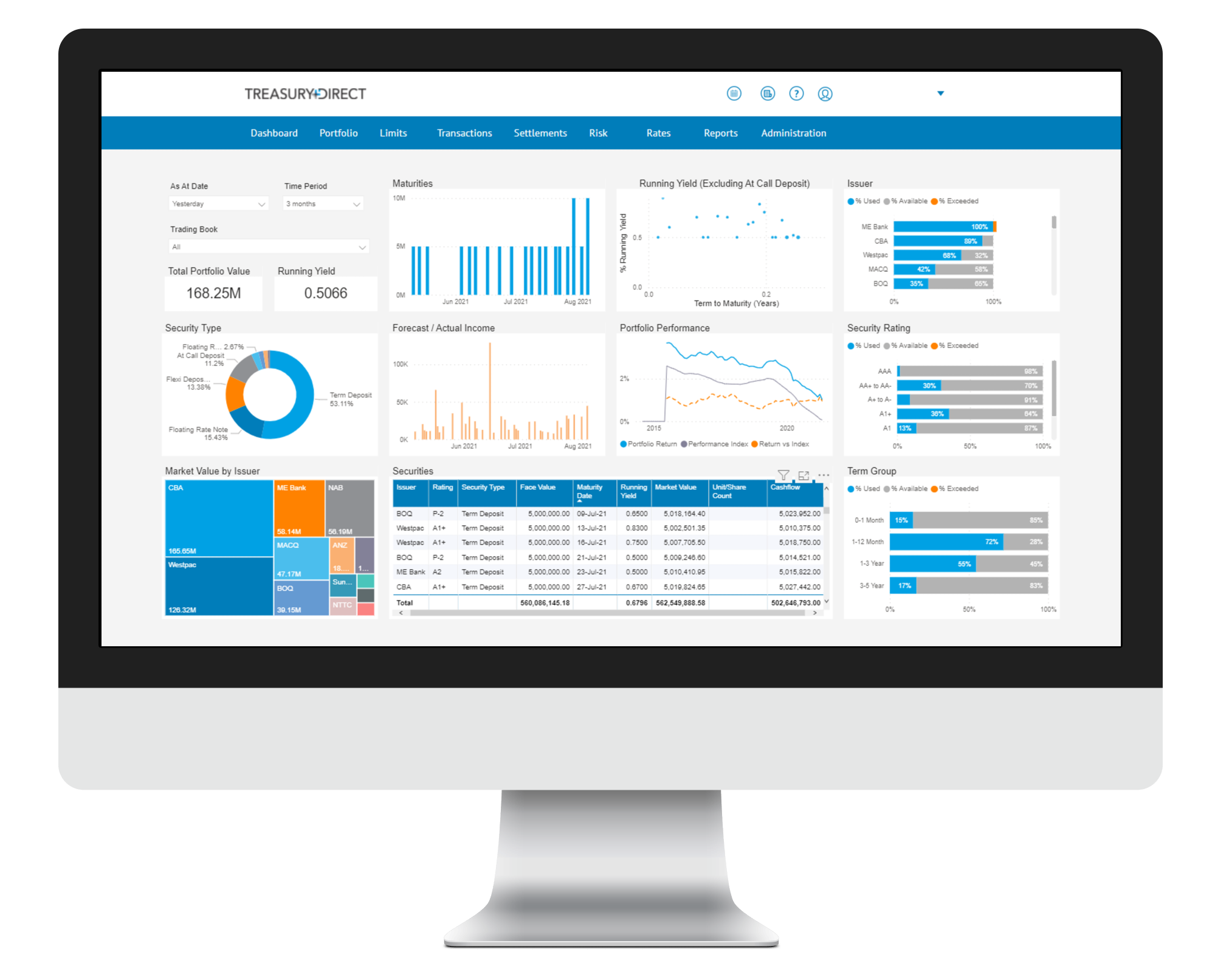Markets Overview
- ASX SPI 200 futures down 0.2% to 8,927.00
- S&P 500 down 0.4% to 6,439.32
- Dow Average down 0.8% to 45,282.47
- Aussie down 0.1% to 0.6483 per US$
- US 10-year yield rose 2.2bps to 4.2751%
- Australia 3-year bond yield fell 3 bps to 3.38%
- Australia 10-year bond yield fell 2.9 bps to 4.28%
- Gold spot down 0.2% to $3,365.64
- Brent futures up 1.5% to $68.74/bbl
Economic Events
- 11:30: (AU) RBA Minutes of Aug. Policy Meeting
Asian equities looked set to follow Wall Street lower Tuesday as investors were on edge that a looming key US inflation report may derail the pace of Federal Reserve rate cuts.
Stock futures in Japan, Hong Kong and Australia all slipped, while contracts for Chinese shares bucked the trend with the Nasdaq Golden Dragon China Index gaining for a fourth straight session.
The S&P 500 fell Monday as the rally that put stocks on the brink of all-time highs hit speedbumps. Still, Nvidia Corp. climbed ahead of its results while fellow megacap Alphabet Inc. hit a record. The yield on 10-year Treasuries rose two basis points to 4.28%. The dollar gained.
The sense of euphoria around the prospect for Fed rate cuts eased, just days after Chair Jerome Powell signaled a September rate cut is likely amid downside risks to the jobs market. Doubts over the pace of those reductions lingered on Wall Street as traders braced for a not-so-friendly price reading later this week.
Policymakers are grappling with inflation that’s still above their 2% goal — and rising — and a labor market that’s showing signs of weakness. That unnerving reality, which pulls policy in opposite directions, is made worse by a high degree of uncertainty about how each of those factors will evolve over the coming months.
The Fed’s preferred gauge of underlying inflation probably ticked higher last month, with the personal consumption expenditures price index excluding food and energy rising 2.9% from a year ago. That would be fastest annual pace in five months.
“Now the discussion will likely turn to how aggressive the Fed may be,” said Chris Larkin at E*Trade from Morgan Stanley. “Signs of a slowing labor market currently appear to be outweighing inflation concerns, but the Fed hasn’t abandoned its 2% target.”
In the world’s second-biggest economy, investors will be keen to see whether Chinese stocks can extend the liquidity-driven rally. The benchmark CSI 300 Index is coming off its best week since November and climbed another 2.1% on Monday. Technology shares continued to lead the charge, with stocks in the property sector also joining the broadening advance on evidence of more support measures.
China’s financial hub of Shanghai eased home-buying rules, in the latest attempt by authorities to contain the nation’s prolonged property crisis.
Meanwhile, President Donald Trump confirmed that a deal setting a 15% tariff on South Korean goods will remain unchanged, despite a lobbying effort from President Lee Jae Myung during their first in-person meeting.
Back on Wall Street, money markets are pricing in roughly 80% odds of a Fed rate cut in September, and a total of two reductions by the end of the year.
“If we are right, the focus shifts to what happens after September,” said Krishna Guha at Evercore. “If the next set of labor data is not too bad, we think the Fed will begin to frame out the cautious recalibration cut, while seeking to contain expectations of ‘too much too soon’.”
Investors will also monitor comments from US policymakers at public events this week to gauge their appetite for a September rate cut, with Fed Governor Christopher Waller scheduled to speak on Thursday.
Aside from the macro picture, the next big test for the stock market will be a read on what’s been driving gains for the past few years: artificial-intelligence euphoria.
Nvidia Corp. – the last of the “Magnificent Seven” to report earnings – is due to unveil its results Wednesday after the close. Traders are hoping it can soothe fears about AI spending and effectively confirm that the stock market’s latest rally isn’t just a technology bubble.
“Unless we get some sort of major UFO (UnForeseen Occurance), the most important development of this week will be the earnings report and guidance out of Nvidia,” said Matt Maley at Miller Tabak. “Those earnings will be good. The only question will be whether they’re good enough to push the stock higher after almost doubling over the past four-five months,” he added.

